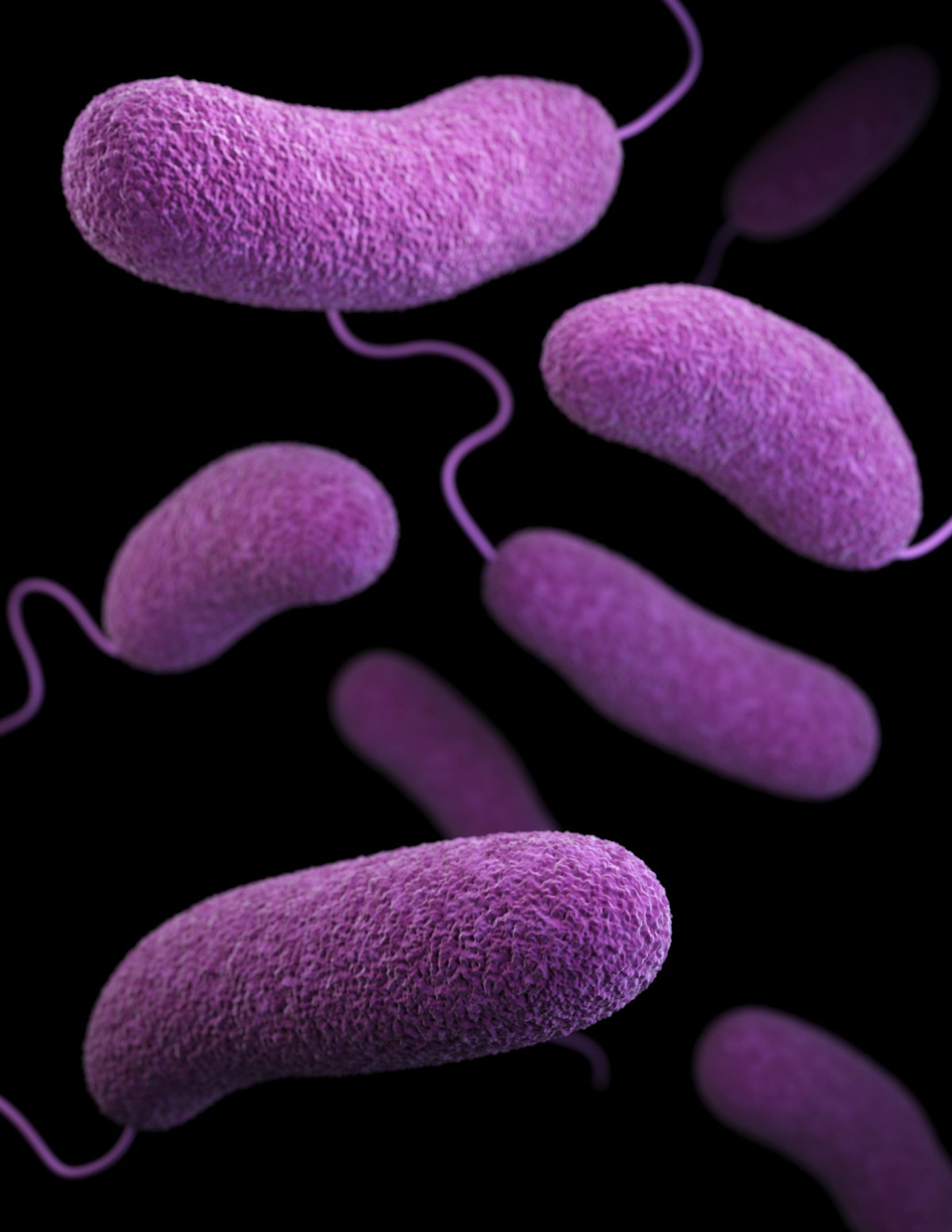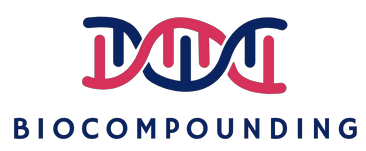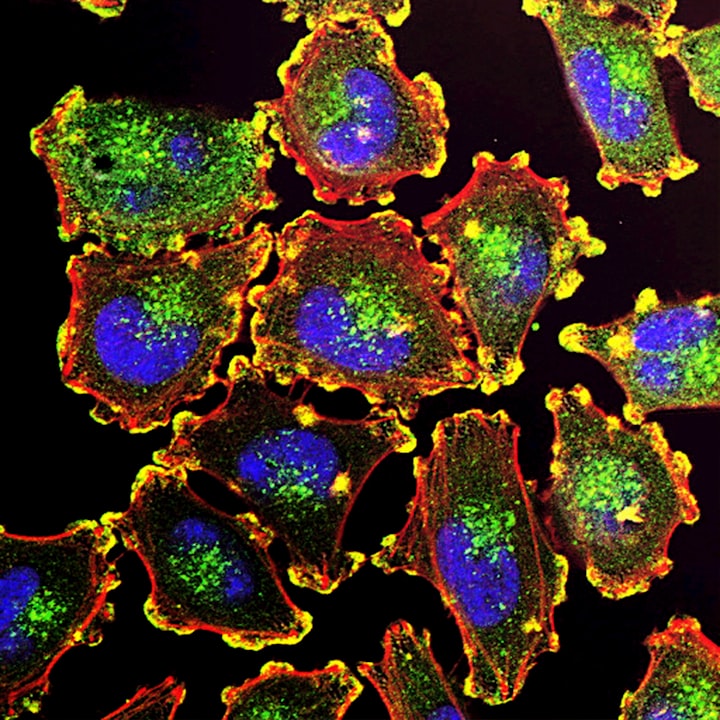Your complete guide to the microbiome: What is it, how is it profiled, what factors affect it and current challenges & potential solutions

What is the Microbiome?
A microbiome is a community of microbial organisms living in a given environment. For example, the microbiome in the gut (Gut Microbiome), consists of a community of microbes that play important roles in multiple biological processes such as digestion, immunity, mental health, and other aspects of well-being.
Similarly, unique microbiomes are also found in the mouth (Oral/Mouth Microbiome) as well as on the Skin (Skin Microbiome) which play important roles in ensuring the health of their respective environments.
Apart from humans, even plants and soil (Soil Microbiomes) have microbiomes that have been reported to be important for plant growth and health.
How is the microbiome profiled and its use cases?
Most commonly, the DNA and/or RNA of the microbial population within a sample are sequenced to characterize the relative abundance and functional attributes of microbes. Specifically, microbial profiling is done by sequencing the 16S ribosomal RNA (rRNA) of bacteria. This is the most common method for studying bacterial phylogeny and taxonomy as the 16S rRNA gene is the most established genetic marker used for bacterial identification and classification. This is because it consists of both highly conserved and hypervariable regions.
Characterization of microbes within an environment of interest (e.g, the human gut or soil) can then be used to develop novel or customized ingredients, therapeutics, biochemicals, and more. We will explore some of the use cases below with specific examples.
The various factors that can potentially affect your microbiome
There are 10 trillion microbes living in your body right now. However, when we’re born we have no microbiome, but it grows and stabilizes within their first few years. It has been reported that the babies microbiome is highly influenced by the mothers microbiome.
The majority of the microbes are found in your gut where they help break down food and fight off harmful invaders like bad bacteria. The makeup of your microbiome changes based on a number of factors. For example:
Your genes- If you’re related to someone with celiac disease for instance, you will have a higher chance of developing celiac disease yourself
Your diet- Eating probiotic foods can increase the number of good bacteria in your gut
Your age- As we get older, we’re more likely to take antibiotics which kill both bad and good bacteria
The drugs you take- Antibiotics also wipe out bacteria from your gut
Where you live– There are different types of bacteria in different parts of the world. Studies have shown that children who live in rural environments have a different microbiome than children who grow up in urban settings. The bacteria are different because they come from different sources. This could be due to the fact that rural children have more contact with soil and animals, while urban children may not get as much exposure to these things. In fact, some studies show that when kids move from an urban environment to a rural one for just two months, their microbiome changes dramatically!
Challenges & solutions in understanding the microbiome
Looking at the literature, it becomes clear that there are multiple challenges faced in understanding the microbiome and as such its application is hindered. One of the major challenges is the large number of microbes that live in various environments. This causes two issues:
i) Unbiased sequencing of the microbes to get a complete picture of the environment, and
ii) Limited understanding of how microbes interact and help in ensuring a healthy environment.
This means that, despite having a large amount of data, it has poor practical utility as an understanding of the complete picture is still developing. Recent advances in sequencing technologies with third generations sequencing (Oxford Nanopore, article here) should help to address some of the bottlenecks faced in the past to build a more complete picture.
The second challenge is the incomplete sample data due to privacy issues, specifically for the Gut microbiome (Human). The data gathered in the initial years of microbiome sequencing mostly consisted of deidentified individuals who merely provided stool, saliva, or other samples. However, no data on their eating habits, age, gender, ethnicity, medical conditions, etc were collected. This made it hard to understand the differences seen in various patients. This trend has changed in the last 5 years with more companies entering the microbiome space and building up their databases to get a better understanding of the different microbial environments.
The technological advances and changes in data collection methods have thus led to an improvement in the understanding of the key components in the microbiome in recent years. While some success has been seen with FMT-derived therapeutics for C. difficile treatment, more datasets need to be generated with complete data availability to allow for better identification of meaningful strain signatures that might have therapeutic utility. Additionally, increased collaborations will also be key to finding and progressing development in this area.
While the above are challenges faced in understanding and making sense of the human microbiome, similar challenges are not faced in the soil & plant microbiome space due to less regulation and concern for privacy or other issues.
Wrapping it up
The human microbiome, the collection of microbes that live on the skin, in the gut, and in the mouth, is a hot topic. Everyone from doctors to journalists and bloggers are all talking about it. There is an interest in understanding more about the human microbiome because it can be linked to health.
Also, with new technologies being developed, many of the previously faced bottlenecks have found viable solutions. This has resulted in the microbiome market seeing tremendous growth in the last few years. Additionally, the growth was driven mostly by the push towards the commercialization of microbial products. The use cases are multifold, with products seen in the human microbiome, soil microbiome, and skin microbiome.
In our next article, we will take a deep dive into the microbiome landscape.
If you like articles like this one, please do subscribe to our newsletter to stay updated with our latest articles.
Disclaimer: All opinions shared in this article are the opinions of the authors and do not constitute financial advice or recommendations to buy or sell. Please consult a financial advisor before you make any financial decisions.





Comments ()